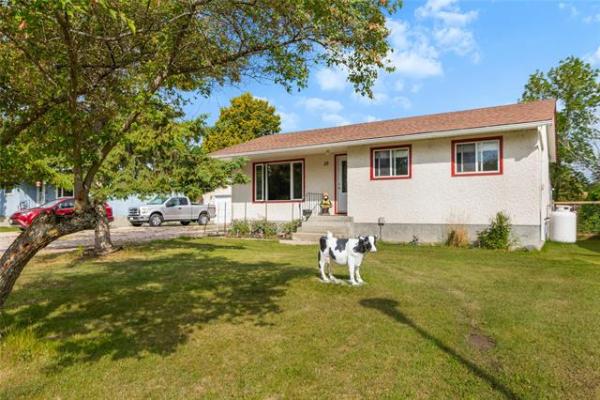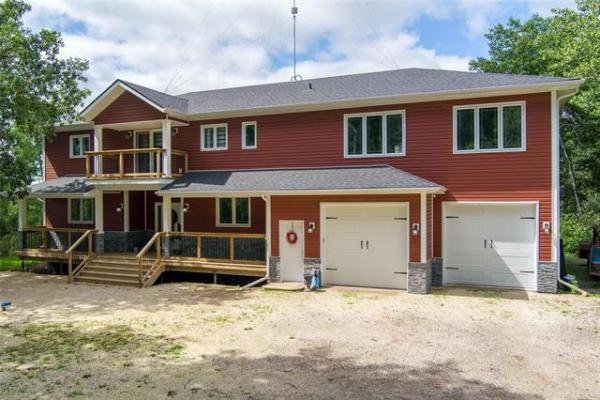

Once the domain of the über-elite connoisseur, personal wine cellars are now emerging as a hot new home design feature for both the seasoned and the newbie oenophile.
The benefits of a personal cellar are numerous. A cellar affords tremendous luxury of choice and selection. It offers an opportunity to experience a wine's maturation process over the years and the personal satisfaction of collecting and consuming a variety of beautiful examples of one of life's great pleasures.
Add to that the beauty and romanticism of an esthetically stunning wine cellar and it's no wonder the trend is growing.
But creating a wine cellar is a specialized process, one you shouldn't take lightly especially if your goal is to collect and lay down high-end wines.
"It's better to consult with someone who has wine knowledge when it comes to the design of your wine cellar," says Arnel Marchand, owner of Koolspace Wine Cellars, a Calgary-based wine cellar design and construction company (koolspace.ca).
"A designer is thinking only of esthetics; if they don't know what wine needs, they won't design for the wine, which could be disastrous," says Marchand, who has more than 13 years of wine experience garnered in the hospitality industry.
"Probably seven times a year, we have to go in and fix wine cellars that were built by someone who just didn't know about wine. It is heartache for everyone."
Whether you are revamping the nook under the stairs, converting a spare bedroom or morphing a space in the basement, the construction considerations are always the same.
"You are essentially building a walk-in fridge; the walls and ceiling must be properly insulated, all glass must be UV-blocking and the door must completely seal the room."
The goal is to emulate the conditions in the wine caves in France -- high humidity, constant temperatures within a degree or two of 13 C, no UV rays and little or no exposure to vibration.
"The last place you want to put your wine cellar is next to the media room," says Marchand. "You want to keep the wine really isolated and the vibration from the speakers will disturb the sediment."
Few cellars remain static; they are constantly evolving, so before starting the process, Marchand urges collectors to consider how they collect.
"You have to think of your capacity not just now, but down the road. Ask yourself how you are going to grow into the cellar."
As for design esthetics, the sky is the limit, but Marchand stresses the design and materials should be wine-friendly.
That means no VOCs and only stains and lacquers that are non-toxic, as air impurities and chemicals can permeate the glass and change the chemistry of the wine, even in the short term.
And of course, budget is a huge consideration. "As with anything, there is a lot of variance. You can spend as little or as much as you want," says Marchand.
Regardless of the size, basic room-construction costs don't vary, it's the costs of the finishes and customizations that do -- things such as flooring, millwork, stains, racking, cooling and venting systems.
"You could probably do an eight-(foot)-by-eight-(foot) cellar all in for $15,000, but it just goes up from there," says Marchand. "You can spend $30,000 just on a door."
If your budget is limited and your passion for wine is just getting started, then you may want to consider a free-standing cellar -- they look great, take up very little space, you can place them anywhere and you can take them with you when you move.
Units come as small as 30-bottle capacity and as large as 500 bottles. An entry-level 160-bottle free-standing cellar costs about $2,200.
"It's definitely a good way to start," says Marchand.
-- Postmedia News



